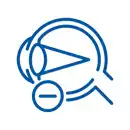
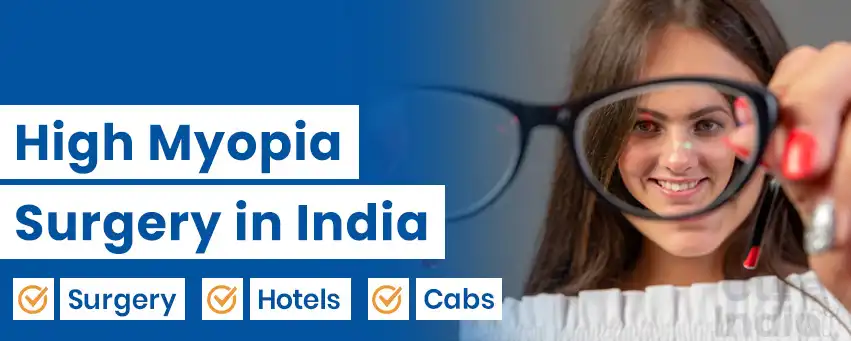
A common visual issue known as nearsightedness (Myopia) causes items closer to the eye to appear transparent. Objects farther away, however, appear blurry. It happens when light rays bend (refract) incorrectly due to the structure of the eye or specific sections of the eye.
Myopia typically begins in childhood or adolescence and often progresses as the eye grows. For many patients, the condition stabilises between the ages of 20 and 40. Severe or high myopia is more likely to run in families, making genetics an important factor in its development.
A growing number of African patients are travelling to India for advanced eye care and myopia correction because India offers the best quality ophthalmology procedures at a lower cost. Modern procedures such as LASIK, SMILE LASIK, Contoura Vision, and implantable contact lenses are widely available in India and performed by highly experienced eye surgeons with extensive experience. Many African countries have limited access to such advanced technologies or face long waiting times, making India a leading country for those seeking quick, affordable, and quality vision correction. Indian eye hospitals for myopia surgery provide international patient support, making treatment comfortable from arrival to recovery. This page will be a patient's guide to availing high myopia surgery in India.
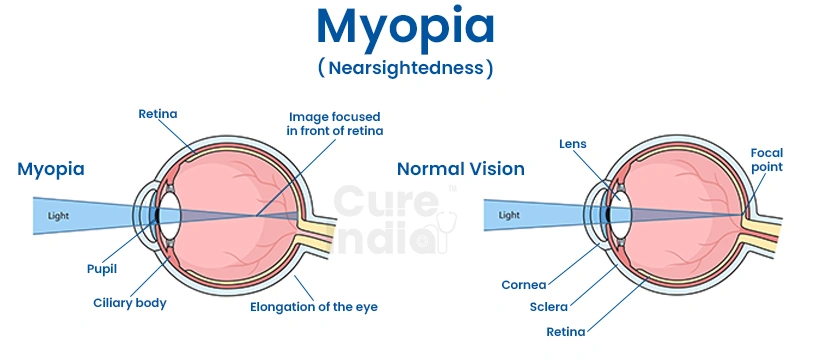
Myopia is widespread worldwide. Over 40% of Americans, by one estimate, are nearsighted. This figure is quickly increasing, particularly for kids in school. In the ensuing decades, eye experts anticipate that this trend will persist.
One in four parents own a child with some degree of nearsightedness. Some eye experts say your child may be more likely to develop severe myopia. This happens when they spend much time reading or using computers and cell phones. In addition, some cases are identified with high myopia in one eye. However, this happens rarely (0.1% of the population).
Myopia or nearsightedness are of different types. High myopia or severe myopia is one of them. If you can identify the type of myopia you or your known person have, then you can reduce the risk with some safety measures. Generally, myopia is categorized into non-pathologic and pathologic myopia. Myopia with less than -6.00D (D= diopter; A unit of refractive power) generally does not develop any further issues and is called simple myopia. It is non-pathologic myopia which can be corrected with lenses or glasses.
Types of myopia include 1) Axial Myopia, 2) Refractive Myopia, 3) Progressive Myopia, 4) High Myopia, and 5) Myopia because of prematurity.
The axial length is the distance measured from the retina to the cornea. When the length of the eyeball becomes too long, then the focus of light comes in front of the retina but not on it. This situation causes blurry vision of distant things.
Refractive myopia occurs when the cornea or the lens becomes too steep. This type of myopia is less common. However, it is possible to have both axial as well as refractive myopia.
Progressive myopia happens when the axial myopia progresses rapidly over time. Some children or young adults may have progressive myopia that progresses every year. This myopia can lead to a high degree of myopia.
High Myopia may prevent people from seeing even with corrective lenses. High myopia is a degenerative and pathologic myopia. This type of myopia progresses to -6.00D or greater than that. Severe myopia can increase the risk of glaucoma, cataracts, retinal detachment, and optic neuropathy.
Some premature babies have myopia or develop it with time is called myopia of prematurity. It affects children in their first or second decade of life. Parents should visit an eye doctor for an examination of premature baby’s eyes between 6 to 12 months of age.
The following are a few symptoms of high myopia:

Young children should have regular eye and vision tests because they may not complain about blurry eyesight. Some children are nearsighted from birth, while others do not develop nearsightedness until adolescence.
It's highly possible that one or both of your biological parents also have Myopia if you do. The precise etiology of myopia is still unknown. However, eye specialists believe a combination of environmental and genetic factors has a role.
Myopia may be a trait that you acquire from your parents. You will develop it if the conditions in your lifestyle are suitable. For instance, Myopia can develop if you work closely with your eyes. This may happen when reading or using a computer.
Most cases of Myopia occur in childhood. Usually, by the end of adolescence, the illness tends to level off. However, it can get worse in early childhood.
Images are hazy as the light that enters your eyes, is not centered correctly. Envision it as something similar to an incorrectly pointed spotlight. You can only see the proper object clearly if you shine a flashlight on the correct location in the distance.
As we have gotten to know high myopia is degenerative, which means certain genetic traits result in it. Severe myopia occurs more likely in some ancestries such as European, East Asian, and Middle East. However, several factors associated with childbirth can also result in high myopia. The conditions are:
Retinal detachment is more common in nearsighted people. This is the separation or lifting away of the tissue that lines the back of your eye from the eye wall. It is a severe ocular condition that may result in blindness. People with extreme nearsightedness should schedule routine checkups with an ophthalmologist and optometrist. It ensures that the retina is being checked regularly. The higher the degree of nearsightedness, the higher the danger. Request a conversation with your ophthalmologist about the warning indicators of retinal detachment.
A simple eye exam is used to determine nearsightedness. Your eye care specialist will inquire about any medicine you may have taken. They will also ask about your child's and your medical history.
A visual acuity test measures your peripheral vision acuity. The eye care professional wants you to read an eye chart with various-sized letters or symbols. You will cover one eye to detect high Myopia in that eye. Next, repeat the same with the other eye. Charts made explicitly for young toddlers are available.
During this exam, you gaze through a device with several lenses. You read an eye chart to assist in identifying the proper prescription to repair vision issues.
The following will be checked by your eye care specialist with additional straightforward tests:
Your eye care specialist will examine the retina and optic nerve using a specific lens and light. It's conceivable that the specialist will use drops to enlarge your pupils. This makes the inside of the eye more straightforward to see. For a few hours, your eyes will probably be light-sensitive. Use your sunglasses or the temporary ones the expert gave you.
Fluorescein angiography is an eye test that helps to check blood flow in the retina and choroid. The test is done with the help of a camera and special dye.
Refractive surgery or high myopia correction lenses are commonly used. They help focus light on the retina to improve vision in cases of nearsightedness. Maintaining nearsightedness also entails routinely checking for glaucoma, cataracts, and retinal detachment. This involves monitoring various other conditions. The options for high myopia treatment in India include:
.webp)
The increased corneal curvature or increased ocular length caused by nearsightedness is counteracted. It is achieved by wearing corrective lenses. Prescription lens types include the following:
Contact lenses and spectacles are not as necessary after refractive surgery. Your cornea will be reshaped by your eye surgeon using a laser. It will reduce the need for nearsighted prescription lenses. You might occasionally need to wear glasses even after surgery. Following surgeries can be done for high myopia correction.
Only some nearsighted people have the option of undergoing surgery. Only in cases when nearsightedness is no longer worsening is surgery advised. Your eye specialist will discuss the advantages and disadvantages of various surgical treatment choices.
CureIndia helps you find the best doctors for high myopia treatment in India. The ophthalmologists with CureIndia are specialised in performing high myopia treatment in India with proven results and high success rates. They perform this surgery using advanced tools and technologies and provide the best possible treatment. Let us hear from the best doctors for high myopia treatment in India:
Dr. Suraj Munjal is a highly acclaimed ophthalmologist, known for his expertise in performing advanced refractive and high myopia correction surgeries. With extensive experience in performing laser and lens-based procedures, Dr. Munjal has helped thousands of patients regain clear vision and freedom from high-powered glasses.
.webp)
Dr. Suwarn Chetan is a leading name in the field of ophthalmology with proficiency in managing complex cases of high myopia. With specialisation in delivering personalised treatments, Dr. Chetan combines advanced diagnostic techniques with modern procedures to deliver exceptional results. His areas of specialisation include eye care procedures such as high myopia management, corneal disorders, cataract surgery, and advanced refractive correction.
Dr. Neeraj Sanduja is a top-rated eye specialist known for his deep expertise in diagnosing and treating high myopia and related retinal complications. With over 26 years of experience in advanced ophthalmic procedures, Dr. Sanduja utilises state-of-the-art technology to provide safe, effective, and customised eye-related treatment plans.
.webp)
With over 20 years of experience as a specialist, Dr. Rituraj Baruah is a top-rated high myopia treatment doctor in India. He specialises in high myopia correction, refractive cataract surgery, and ocular surface disease management. His expertise and high procedure success rates have positioned him as one of India’s top-rated doctors for high myopia correction and management.
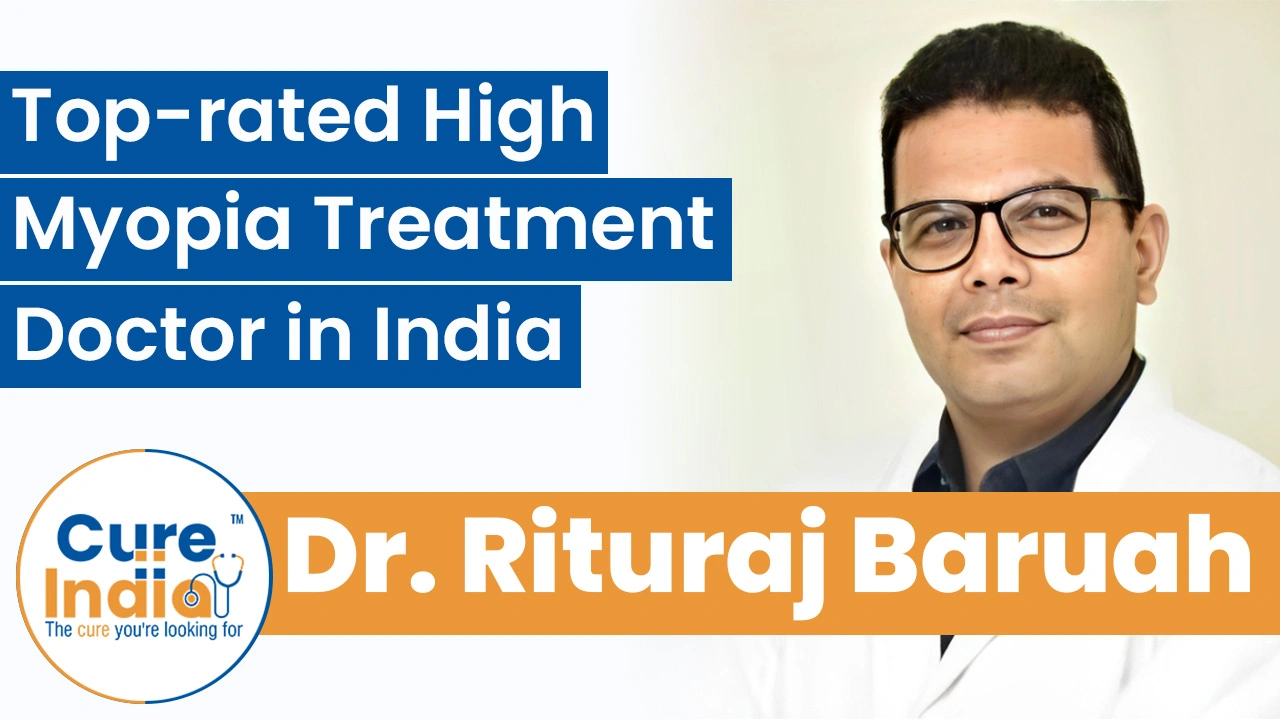
India provides the best quality myopia treatment at a very low cost compared to countries such as the US, UK, or Australia. Depending on the chosen procedure, such as LASIK, SMILE, or Implantable Collamer Lens, costs vary, ranging from $1,000 to $2,000 through CureIndia. These treatments are carried out by experienced ophthalmologists using laser technology at leading eye care centres. With its affordability, advanced techniques, and high success rates, India has become a popular destination for those wanting cost-effective myopia treatment.
| Treatment Name | Cost in India | Stay in India |
|---|---|---|
| High Myopia Treatment in India | $1,000 - $2,000 per eye | 5 - 7 Days |
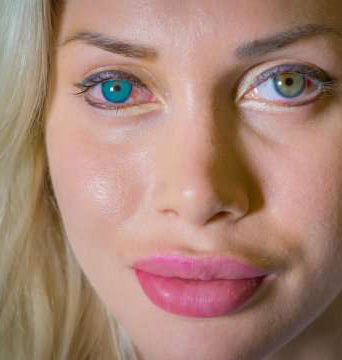
Get the Eye color you've always dreamed of
Connect Today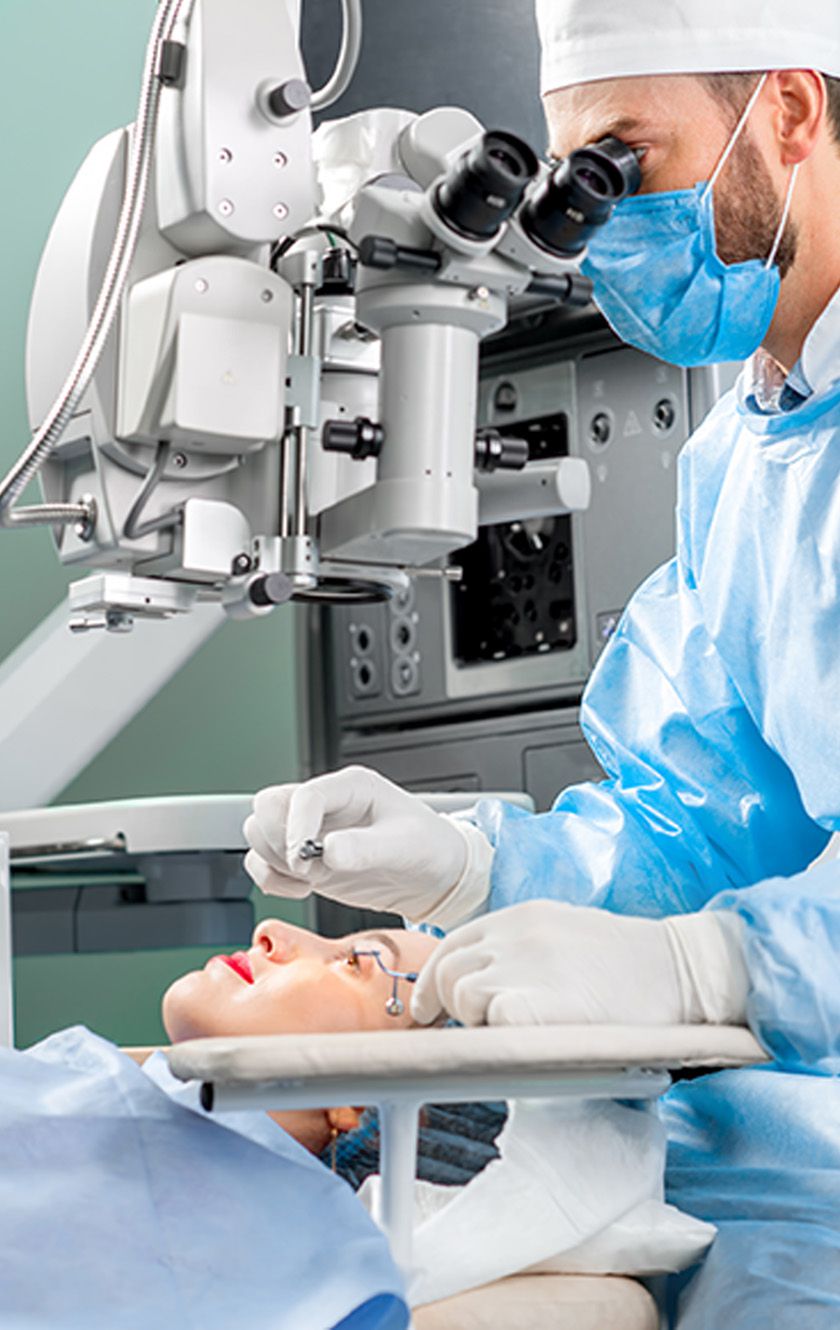
Opt for successful eye color change surgery
Plan Surgery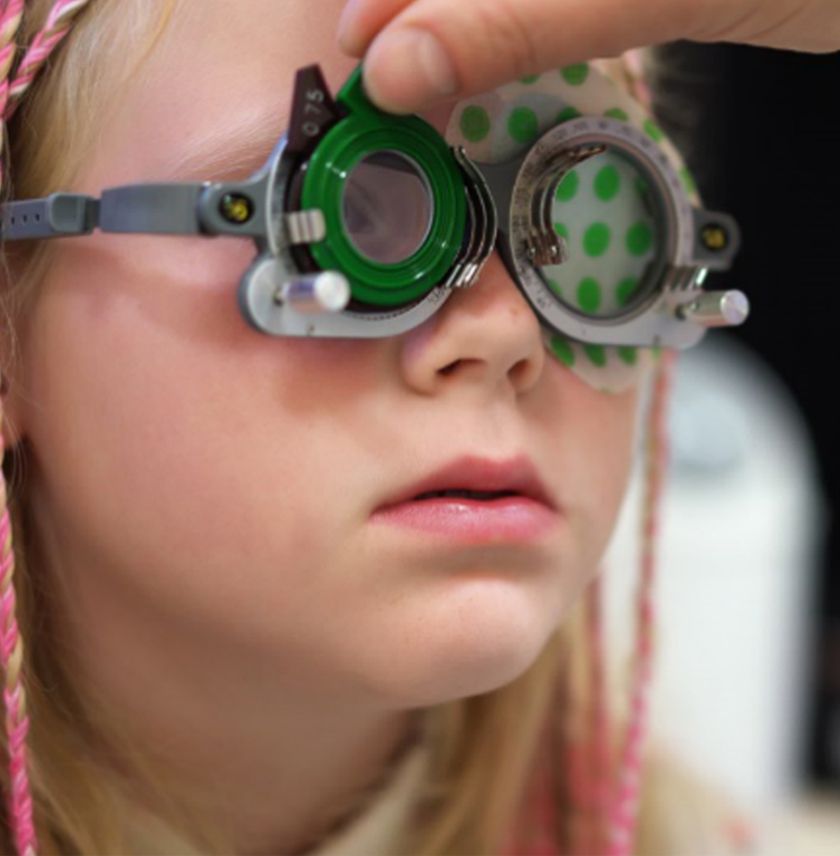
Remove glasses with SMILE LASIK
Get Cost